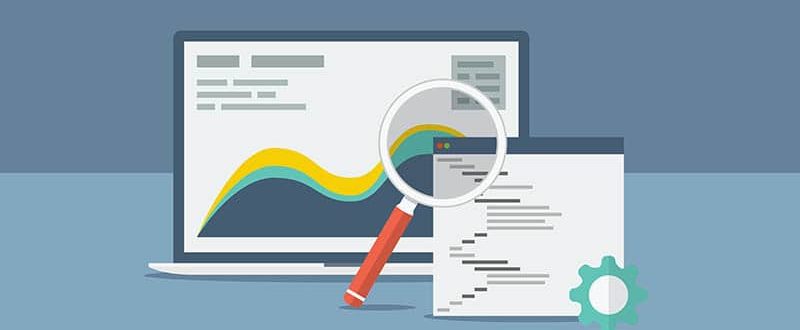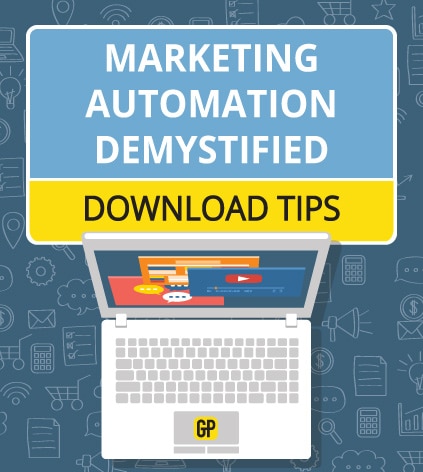For small business owners, performing an SEO audit can be a difficult task. A good starting point is to use software, like the SEO Reporting Tool on our website. These tools will provide you with a high level overview of the functional areas of SEO, and identify areas of concern. A report like this can be very helpful in setting your SEO strategy.
If you have a working knowledge of SEO principles and strategy, you can take the next step by following this 12-step plan for a quick SEO audit. Depending on the size of your website this could take anywhere from 2-20 hours. So, if you would like to hire an SEO expert to help, please let us know.
Without further ado, here are the building blocks of an SEO audit.
1. Keyword Usage
First you should understand the general level keyword optimization for the site. We use tools like those available at AHREF’s to index the website’s content and get an understanding of how well the site has been optimized for keywords. Pay attention to things like title tags, meta tags, alt tags, and URL structure. You should also run a report on keyword density using a tool like the one available from SEO Book.
2. Architectural Issues
Next, look at architectural issues sitewide. The reports from AHREF’s will also be helpful for identifying problems with broken links and redirects. You should look for proper heading tag usage, content length, and duplicate content issues. Also make sure a working XML sitemap is present.
3. Navigation Issues
Does the navigation properly showcase the main areas of focus for the website? Ensure that the navigation is arranged by topic and silos are setup to showcase focus pages. The user interface should be relatively simplistic so visitors can find what they are looking for quickly.
4. Category Page Optimization
Product category pages can have all kinds of problems, from poorly implemented product pagination to a lack of unique content. Product filtering options and targeted content are essential to adding value to your website making it more useful and relevant for visitors and search engines.
5. Product Page Optimization
The product page should contain all of the information that searchers are looking for. It should include the product name and a unique product description containing target keywords. Also look for things like product numbers and proper image usage including URL and meta tags.
6. Local Optimization: Off-Site
If your website has a local audience you have to also be concerned with how it ranks in local search results. You should check for proper citations, maps listings, reviews, and other off-page signals. Check the major sites to see how well things have been optimized.
7. Local Optimization: On-Site
In addition to local signals, you should also pay attention to the on-page optimization for local keywords. This often goes one of two ways: either there is very little local optimization on the page or far too much. Ensure that local references are used naturally and not stuffed into the title footer, and other areas of the site.
8. Inbound Links
This is where the AHREF reports really shine; link analysis. You should analyze the site’s inbound link profile by looking at the number and authority of incoming links, the anchor text used, the diversity of the linking domains, and if they are contextually related. It is useful one or two competitor websites as benchmarks for the comparison.
9. Internal Linking
Internal linking affects not only affects usability but also page rank flow. The website should be properly interlinked to drive traffic to target pages on the website. Of course it is important to make sure that links are contextual and that they are not used too frequently.
10. Content Issues
You should get an idea for the overall value of the content by looking not only and the amount of indexed content, but also to its quality. Quality content is often times more important than quantity. You should refer again to pages that are considered to be thin content and consider adding to them or eliminating them altogether.
11. Social Media
Social media presence is important both for traffic generation and SEO. Social signals are becoming increasingly important for search as they can be indicative of both quality and authority. What social media websites are being used? Is the site taking advantage of all the social media marketing channels available? Make sure you are focusing on social sites that will provide targeted traffic. Some businesses may be better suited for marketing on LinkedIn, while others would find Pinterest or Instagram to be more beneficial.
12. Conversion Optimization
Your website needs to convert as much as that valuable traffic as possible. Whether that be through product purchases, lead generation, or ad clicks. Look through the site for obvious conversion and usability issues that need to be fixed or improved. Make use of analytics tools like Google Analytics or Piwik for insight into traffic flow. Look for targeted landing pages, effective calls to action, and good copywriting.
It’s Just a Starting Point
You can spend hours analyzing each of these areas, but this guideline should serve as a good starting point for assessing how well your website is optimized for search. This analysis will allow you to determine how much works needs to be done and the SEO strategy to implement.
As you dig into each of the areas and learn more, opportunities for improvement will be uncovered and the strategy will adapt as needed. Start by getting an instant SEO report from Gold Promotion and you will be on your way to increased visitors, conversions, and growth.
- Gold Promotion Recognized As Top Digital Agency - October 3, 2019
- Creating a Marketing Mix – Promotion Drives Sales & Growth - September 11, 2019
- New Lead-Gen Focused Live Chat Service Helps SMB’s with 24×7 Coverage - May 1, 2018









Your Post is very well and I am very impress on your website keep again same posting. >>>>>>>>>
Civil Engineering Jobs In Canada